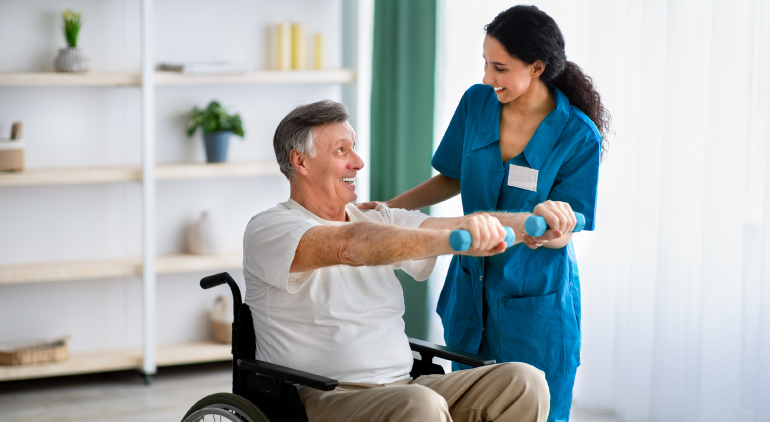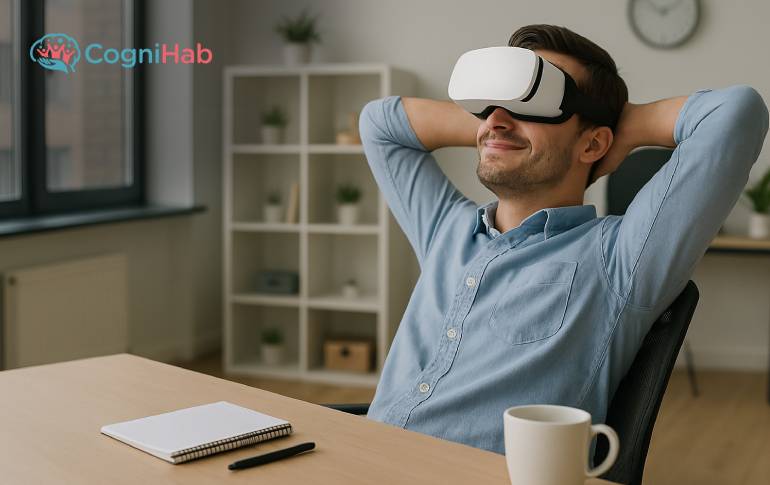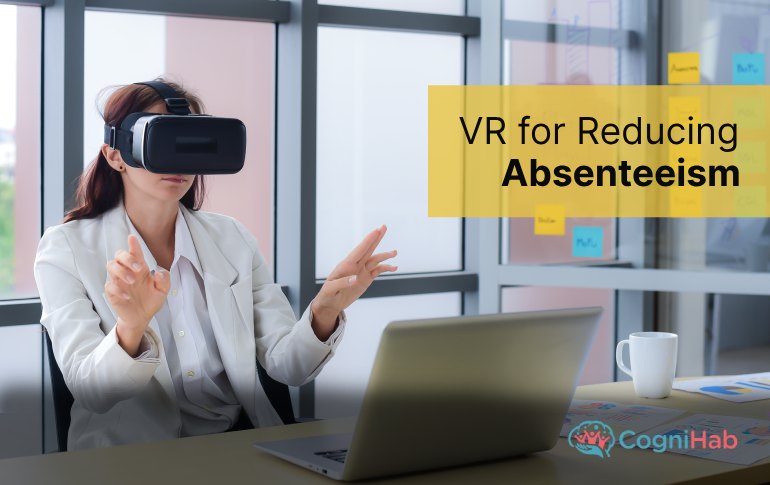Stroke Exercises That Promise a Better Recovery
We are all aware that a stroke makes daily life more difficult, but stroke exercises can assist in restoring functionality. These stroke exercises are critical for stroke recovery.
Each year, more than 15 million people worldwide suffer from stroke, with approximately 5 million of them dying, according to WHO data. Nonetheless, survivors' lives are not without challenges. Furthermore, 75% of stroke survivors have physical limitations that necessitate long-term rehab.
It is essential to go for a correct rehabilitation program where the patient can learn about brain exercises for stroke recovery and stroke recovery exercises. Stroke affects a person not only physically but also mentally.
The recovery of any stroke survivor can be divided into two stages. Short-term functional recovery following a stroke can take up to six months, but long-term functional recovery can occur at any time after that.
Importance of Stroke Exercises
Even if its cells are damaged, the brain is capable of rewiring and repairing itself. The undamaged parts take over the tasks that the damaged parts are doing. Neuroplasticity, also known as plasticity, aids in the recovery of lost movement and function. Neuroplasticity requires repetition of the same activity, so the brain can relearn how to perform these specific activities.
Stroke exercise is one of the most effective ways for stroke patients to recover with virtual reality rehabilitation and physical therapy. These exercises can also improve the patient's quality of life, allowing them to recover faster from a stroke. Stroke patients are also affected by many lifestyle factors, such as weight gain, high blood pressure, or diabetes, so stroke exercises are essential.
Benefits of Stroke Exercises
Regardless of the severity of the stroke, survivors can improve their quality of life by implementing healthy lifestyle changes and participating in therapeutic activities. Stroke exercises are critical in all of this. The only thing the patient needs to do is stick to a routine.
The following are some of the major advantages that a stroke patient may enjoy.
Strengthening
Because patients frequently lose control of their limbs and bodies, strengthening exercises are essential. Muscular strength and endurance are increased through resistance training using equipment, dumbbells, resistance bands, or your body weight. You can walk, climb stairs, get on and off the toilet, lift objects, and open jars more quickly if you have strong muscles. The increased leg and core strength may decrease your risk of falling.
Mobility of Joints
With the aid of a stroke exercise therapist, various appropriate activities can be created to aid the patient in gaining more mobility. Stretching out tense muscles and increasing joint flexibility can also help you get more range of motion out of your joints. This may help with pain and make it easier for you to perform daily tasks like feeding yourself, getting dressed on your own, or holding things more firmly.
Balancing
Exercises that put your balance to the test can help you improve your ability to keep it under stress and Anxiety deal with balance issues that may arise in your environment, such as being jostled in a crowd or running onto the uneven pavement. Strengthening your legs and core, two muscles that are crucial for maintaining your balance is one of the balance training exercises. These exercises can improve stability and help to reduce the risk of falling.
Coordination
Exercises after a stroke can help you improve your coordination and make it easier to walk, roll over in bed, sit and stand up from a chair, dress, feed, and take a shower on your own. By performing coordination exercises, you can encourage your brain to remodel its neural connections and fortify the ties to weak muscle groups and motor pathways.
Relief in Swelling
Many times, some people may experience fluid accumulation in their bodies after having a stroke. This problem is also referred to as oedema. That causes the arm or leg to swell. These breathing exercises encourage the lymphatic system to move fluid, which can lessen swelling.
Fatigue
The individual may experience severe cognitive and mental fatigue. They are less likely to employ their cognitive abilities. Although it may appear counterintuitive, the right amount and type of exercise can actually reduce neurological fatigue and increase energy levels following a stroke.
Pain relief
As we already discussed, exercise helps patients become more flexible, coordinated, and balanced. The rewiring of nervous system pathways is the cause of the entire improvement. The patient may feel less pain as their physical and mental capabilities improve. Consequently, these exercises are also known to aid in the treatment of pain.
Improvement of Brain Health
Exercise has been shown to release some essential body chemicals that aid in the support and upkeep of brain tissues. This also aids in the restoration of neurological function. Therefore, the brain's recovery and functionality are greatly aided by such post-stroke exercises.
Types of Stroke exercises
The advantages of post-stroke exercise are undeniable. However, when developing an exercise routine as a stroke survivor, it is critical to include cardiovascular fitness and muscle strengthening to achieve the best results.
Some of the practical exercises are:
- Wrist curls
- Wrist and Hand Stretch
- Shoulder Openers
- Table Towel Slide
- Trunk Bends
- Knee Rotations
- Hip Abduction
- Standing Knee Raises
- Sit to Stand
- Hip Thrusts
- Conclusion
Read Also : stroke rehabilitation vr games help to recover post stroke
It is crucial to realize that exercises for recovering from a stroke, including those for the brain, should never hurt. Your muscles and joints may be in pain if they've been damaged recently or for a long time. If your brain exercises for stroke recovery and stroke recovery exercises make you feel burning, shooting, or anything else unsettling, stop immediately and modify your activity. It's a sign that the exercise isn't working for you when you experience ongoing pain. You should consult a doctor in that situation.
After a stroke, life changes dramatically and without warning. On the other hand, the road to reclaiming one's body, mind, and quality of life is proper stroke exercise and virtual reality for stroke rehabilitation. With grit and perseverance, there is hope for the future and a brighter future







